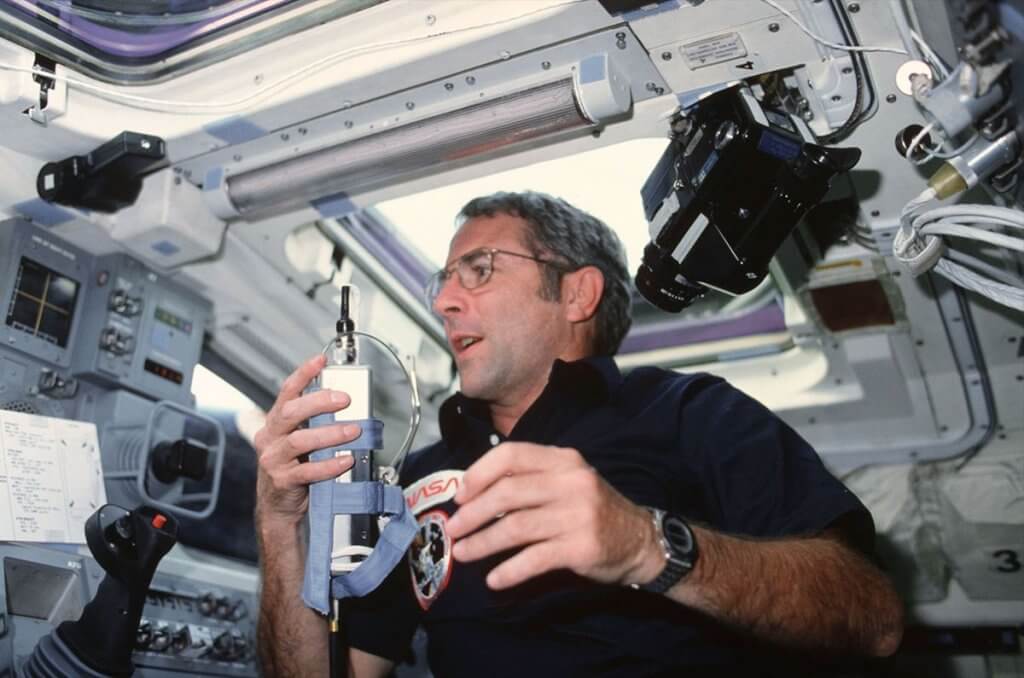
Richard Truly, space shuttle astronaut and NASA administrator, dies at 86 (Image Credit: Space.com)
Richard “Dick” Truly, who was one of the first astronauts to fly on the space shuttle and later led NASA as its eighth administrator, has died at the age of 86.
Truly’s death on Tuesday (Feb. 27) was confirmed by the Association of Space Explorers, a professional organization for the world’s astronauts and cosmonauts, which counted Truly as a life member.
A naval aviator, Truly was among the first candidates chosen for the U.S. Air Force’s Manned Orbiting Laboratory (MOL), but when that program was canceled in 1969, he joined six fellow MOL trainees to form NASA’s seventh group of astronauts. They were the last class to be chosen during the Apollo program.
“I never filled out an application [to join NASA],” said Truly in a 2003 NASA oral history, adding that he never applied to be part of the MOL program; the first class was assigned rather than selected. “So I’m the only person who has ever flown in space that never applied.”
Related: Facts about NASA’s space shuttle, the first reusable spacecraft
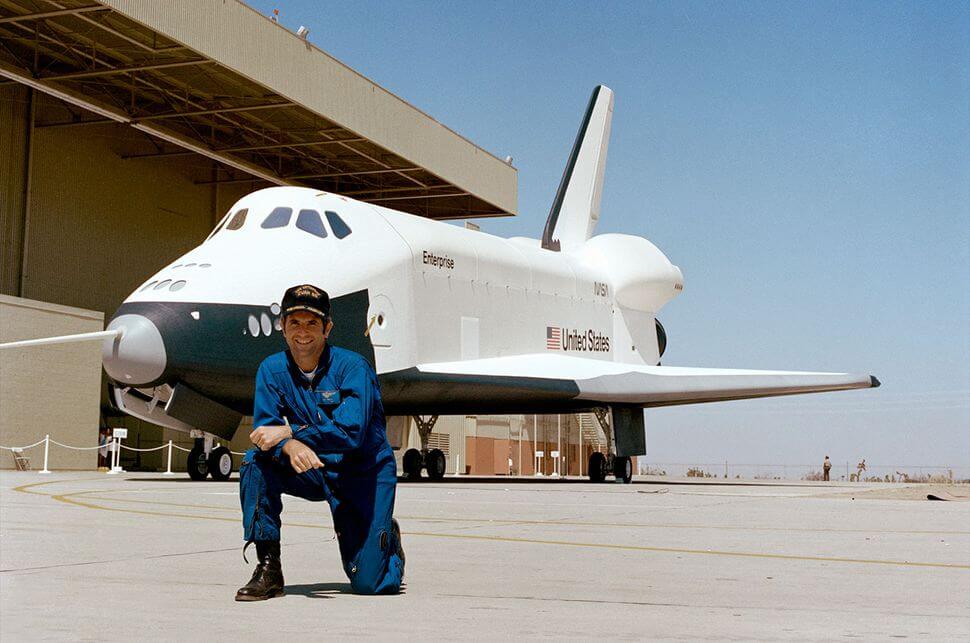
Truly’s first spaceflight was as the pilot on STS-2, the second flight of the Space Transportation System in 1981, but first he was one of only four astronauts to test landing the winged orbiter as part of the Approach and Landing Test program carried out using the prototype shuttle “Enterprise.”
Paired with his future STS-2 commander Joe Engle, Truly flew one “captive” flight with Enterprise remaining attached to the top of the Shuttle Carrier Aircraft and two “free” flights, separating at altitude from the modified 747 jetliner to then touch down at Edwards Air Force Base in southern California.
On Nov. 12, 1981, Engle and Truly lifted off aboard the space shuttle Columbia, becoming only the second crew to test the spacecraft in Earth orbit. The mission proved that the space shuttle was reusable. It was also the first to test “fly” the Canadarm remote manipulator system, or robotic arm.
“As soon as we lifted off, I didn’t think they had screwed all of the things down. I never heard such a rattling in all my life,” said Truly at a 2016 gala celebrating the 35th anniversaries of the first two space shuttle missions.
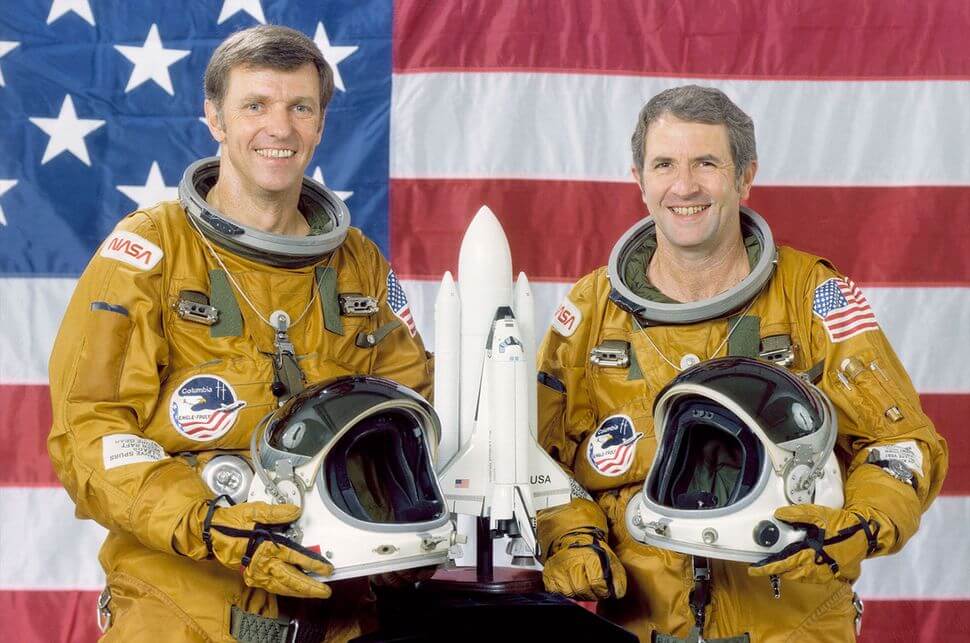
Truly and Engle also carried out several science experiments, tested the shuttle’s orbital maneuvering system (OMS) engines, spoke with President Ronald Reagan and were awakened by the Muppets (“Pigs in Space”), all before having to cut the planned five-day mission short due to a failed fuel cell.
On Nov. 14, Engle and Truly landed at Edwards, two days and six hours after they launched.
“We flew almost exactly the same duration on board STS-2 as STS-1,” said Truly. “But we had five days of potatoes to put in a 2.5-day sack. I went through the flight plan after the mission and I figured that we got maybe two, two-and-and-half hours’ sleep.”
Truly returned to space a year and a half later as the commander of space shuttle Challenger and the STS-8 crew. Flying with pilot Dan Brandenstein and mission specialists Dale Gardner, Bill Thornton and Guy Bluford — the latter the first African American to fly into space — Truly and his four crewmates were also the first shuttle astronauts to launch and land at night.
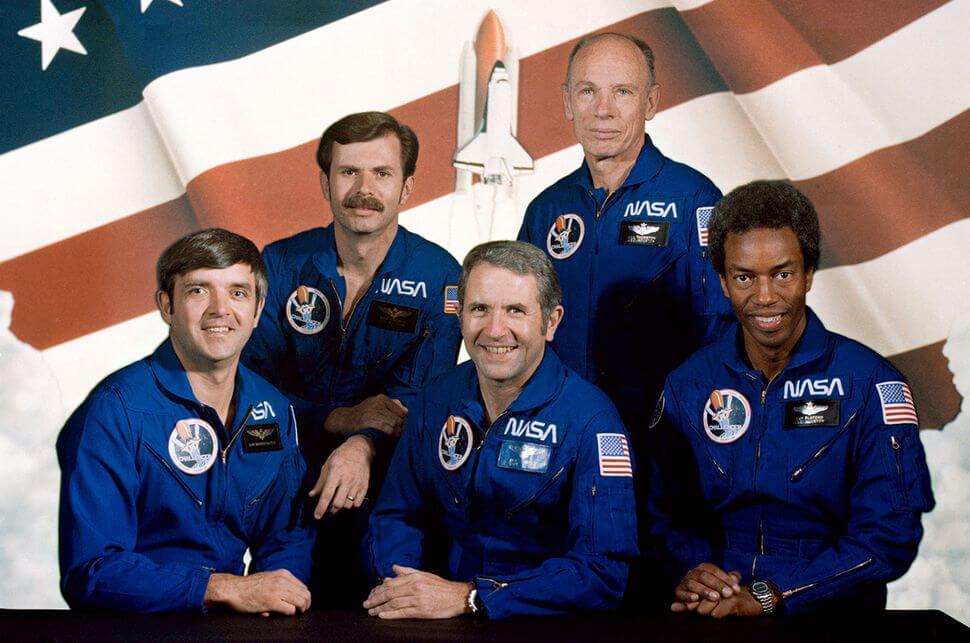
The crew deployed a multi-purpose weather and communications satellite for the Indian Space Research Organisation (ISRO) and gained more practice using the Canadarm by working with a payload flight test article. They astronauts were joined aboard Challenger by six rats, which were testing a cage needed for future experiments, and by more than 260,000 stamped envelopes that were later sold to the public.
Truly landed Challenger at Edwards on Sept. 5, 1983, marking the end of his career in space after circling Earth 135 times over the course of two missions and eight days, seven hours and 21 minutes off the planet.
Richard Harrison “Dick” Truly was born in Fayette, Mississippi on Nov. 12, 1937, 44 years to the day before his first launch. He received a bachelor degree in aeronautical engineering from the Georgia Institute of Technology in 1959 and then entered the U.S. Navy.
Truly was designated a naval aviator a year later and flew F-8 Crusaders aboard the USS Intrepid and USS Enterprise, ultimately making more than 300 carrier landings as a member of Fighter Squadron 33 (VF-33). He was serving as an instructor at the U.S. Air Force Aerospace Research Pilot School at Edwards Air Force Base when he was recruited for the MOL program.
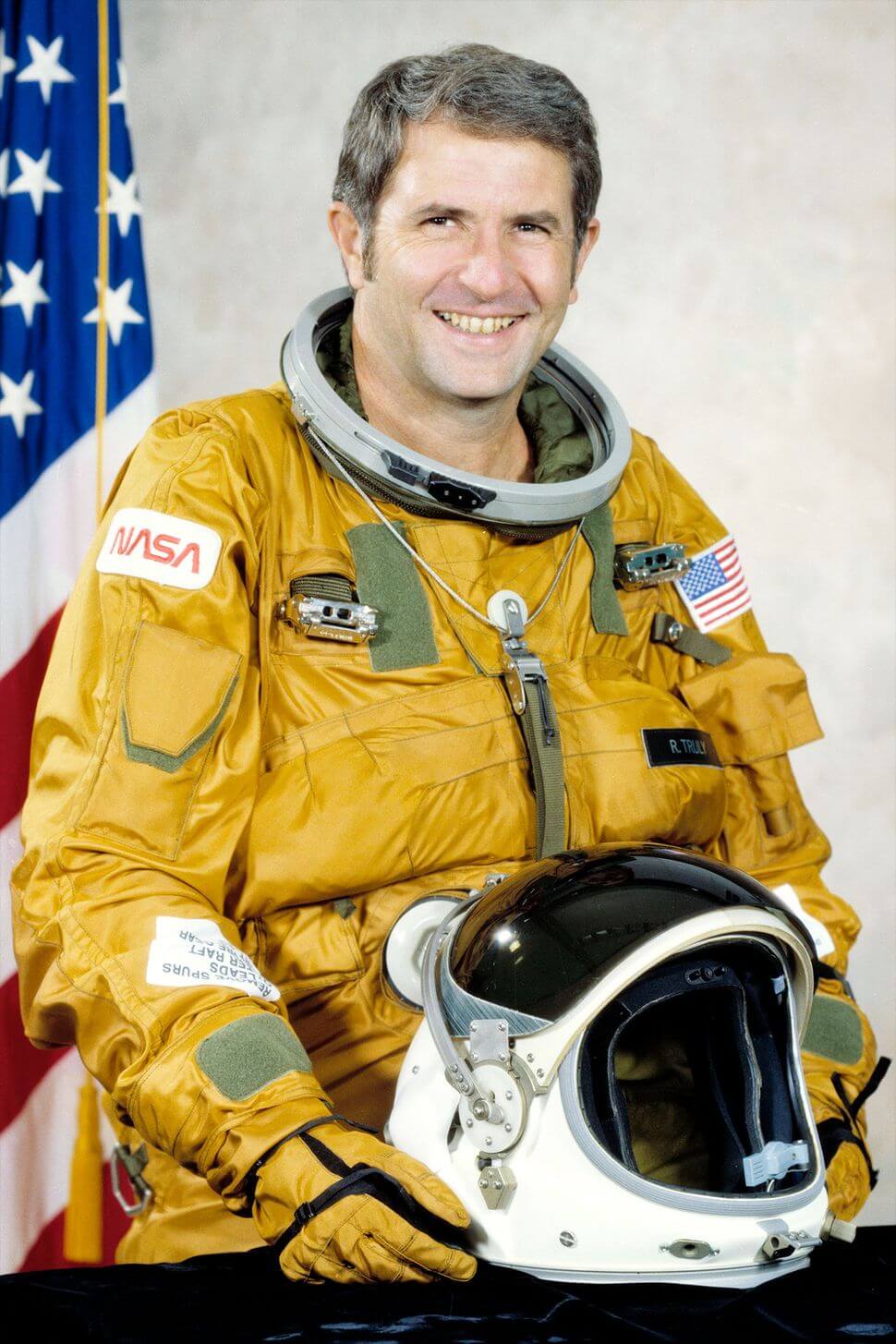
Truly’s first assignment at NASA was as a member of the astronaut support crew and capsule communicator (capcom) in mission control for the three Skylab orbital workshop missions and the joint U.S. and Russian Apollo-Soyuz Test Project. After flying Enterprise in the ALT program, he served as backup to STS-1 pilot Bob Crippen.
After landing from STS-8, Truly left NASA to become the first commander of Naval Space Command. He returned to the space agency, though, in the wake of the loss of the space shuttle Challenger in 1986. As associate administrator for spaceflight, Truly led the effort to recover from the tragedy and return the shuttle to flight after an almost three-year hiatus.
Truly retired from the Navy as a vice admiral shortly before being appointed NASA administrator in 1989. As chief, Truly focused on extending the life of the space shuttle and establishing the International Space Station, large-scale projects that may have spurred Vice President Dan Quayle’s decision to fire Truly on Feb. 12, 1992.
After separating from NASA for a second time, Truly went on to become vice president and director of the Georgia Tech Research Institute at his alma mater, the Georgia Institute of Technology. In 1987, he was named the director of the Department of Energy’s National Renewable Energy Laboratory and as the executive vice president of MRIGlobal (formerly the Midwest Research Institute).
Truly later served on the board of visitors to the U.S. Naval Academy, the defense policy board and the Army science board. He was a trustee of Regis University and the Colorado School of Mines and a member of the National Academy of Engineering. He was a director of Tetra Tech, Edenspace Systems Corporation, Suntricity Cells and Xcel Energy.
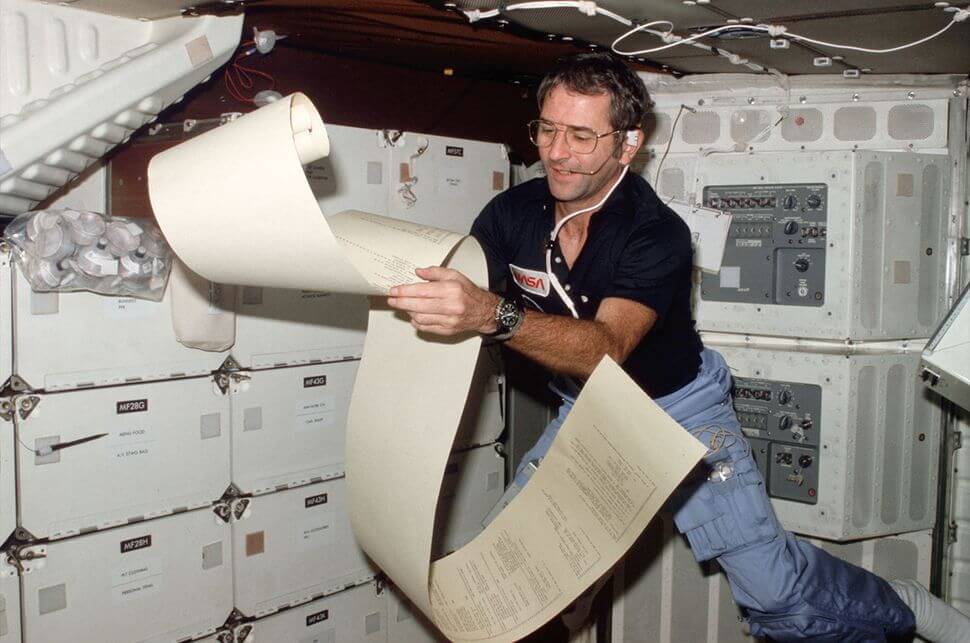
For his service to the United States’ efforts in space Truly was awarded two NASA distinguished service medals, the NASA outstanding leadership medal, two NASA exceptional service medals and two NASA space flight medals. He was also bestowed with the Robert J. Collier Trophy (twice, in 1982 and 1989), the Robert H. Goddard Memorial Trophy (twice, 1982 and 1989) and Society of Experimental Test Pilot’s Ivan C. Kincheloe Award in 1978, among numerous other civilian and military honors.
In 1995, he was inducted into the Georgia Aviation Hall of Fame. In 2001, he was enshrined in the U.S. Astronaut Hall of Fame.
In 2007, Truly donated his personal archives to Regis University, where they are held as part of the Richard H. Truly U.S. Space Program Collection.
In 2022, Truly was portrayed by actor John Hartmann in the third season of the alternate space history series “For All Mankind.”
Truly was married to Colleen “Cody” Hanner of Milledgeville, Georgia and they had two sons, Richard Michael and Daniel Bennett; a daughter, Margaret Lee; five grandchildren and four great-grandchildren.
Follow collectSPACE.com on Facebook and on Twitter at @collectSPACE. Copyright 2024 collectSPACE.com. All rights reserved.








